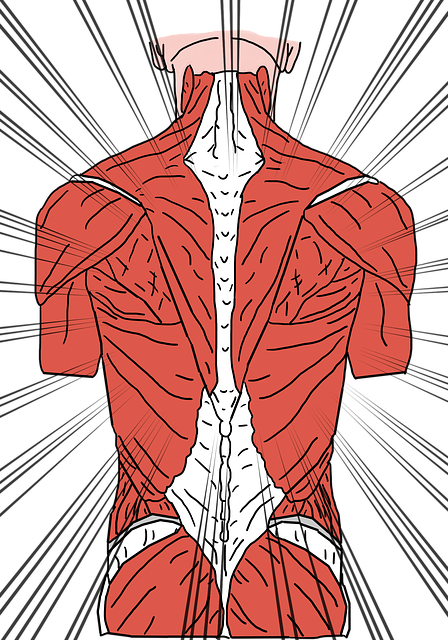Knee pain sufferers can find hope in platelet-rich plasma (PRP) treatment, a non-surgical option leveraging the body's natural healing process using concentrated platelets from the patient's own blood. The procedure involves extracting and injecting PRP into the knee joint, taking around 30 minutes. Pre-treatment preparation includes understanding the process and avoiding blood-thinners. Post-injection care recommends rest, ice, and low-impact exercises for optimal recovery.
“Knee pain can be a debilitating condition, but a promising solution lies in Platelet-Rich Plasma (PRP) therapy. This natural, personalized treatment has gained popularity as an effective way to alleviate knee pain and enhance recovery. In this comprehensive guide, we’ll walk you through the process of PRP injection for knee pain. From understanding the science behind it to preparing for your procedure and managing recovery, we’ve got you covered. Discover how PRP treatment could be a game-changer in your journey towards relief.”
Understanding PRP: A Basic Guide for Knee Pain Sufferers
Platelet-rich plasma (PRP) is a cutting-edge treatment option gaining popularity for managing knee pain. It involves harnessing your body’s natural healing mechanisms by using your own blood to stimulate tissue repair and regeneration. PRP contains a high concentration of platelets, which are known to release growth factors that promote healing.
For knee pain sufferers, PRP treatment offers a potential solution without the need for invasive surgery. During the procedure, a small sample of your blood is taken and spun in a centrifuge to separate out the platelet-rich plasma. This concentrated solution is then carefully injected into the affected area of the knee. The process is relatively quick, usually taking less than 30 minutes, and may provide significant relief and improved function for those struggling with knee pain caused by conditions like arthritis or injuries.
Preparing for Your Injection: What to Expect Beforehand
Before your PRP (Platelet-Rich Plasma) injection for knee pain, it’s important to prepare both mentally and physically. You’ll want to ensure a clear understanding of the procedure from your healthcare provider, including what to expect during and after. This includes knowing the potential side effects, such as temporary swelling, bruising, or mild discomfort at the injection site.
On the day of your treatment, dress comfortably in loose-fitting clothing that allows easy access to the knee area. Avoid taking any blood-thinning medications or supplements for at least a week before the procedure, as these can increase bleeding risks. Remember, while PRP treatments offer promising relief for knee pain, it’s crucial to follow your doctor’s pre- and post-injection instructions meticulously for optimal results.
The Procedure Step-by-Step: From Start to Finish
The PRP injection procedure for knee pain starts with a comprehensive consultation where your healthcare provider assesses your condition and determines if PRP is an appropriate treatment option. If approved, the process involves several steps to ensure accuracy and safety.
First, a small amount of blood is drawn from your body, usually from your arm. This blood sample is then placed in a centrifuge machine, which spins it at high speeds to separate the plasma (rich in growth factors) from other components. Once the plasma is extracted, it’s carefully prepared and injected into the affected knee area. The entire procedure is typically quick, often taking less than 30 minutes, and is usually performed on an outpatient basis.
Recovery and Aftercare: Tips for Optimal Results
After your PRP injection procedure, it’s crucial to allow your body adequate time to heal and recover. You can expect some mild discomfort or swelling in the treated area, which is normal and should subside within a few days. To enhance recovery, keep the injected site elevated as much as possible for the first 24-48 hours. Ice therapy is also beneficial; apply ice packs for 15-20 minutes at a time, several times daily, to reduce swelling and pain.
In terms of aftercare, avoid strenuous activities or exercises that put stress on the treated joint, like running or heavy lifting, for at least a week. Sticking to lighter, low-impact exercises like walking or swimming can help promote blood flow without causing further injury. Remember to listen to your body; if you experience any severe pain, dizziness, or other concerning symptoms, contact your healthcare provider immediately. Following these tips will help ensure optimal results from your knee pain PRP treatment.
PRP injection procedures offer a promising approach to managing knee pain, harnessing your body’s natural healing mechanisms. By understanding the process from preparation to recovery, you can make an informed decision about whether this innovative knee pain PRP treatment is right for you. Remember, each patient’s experience is unique, so consult with your healthcare provider to discuss any concerns and tailor expectations accordingly.
